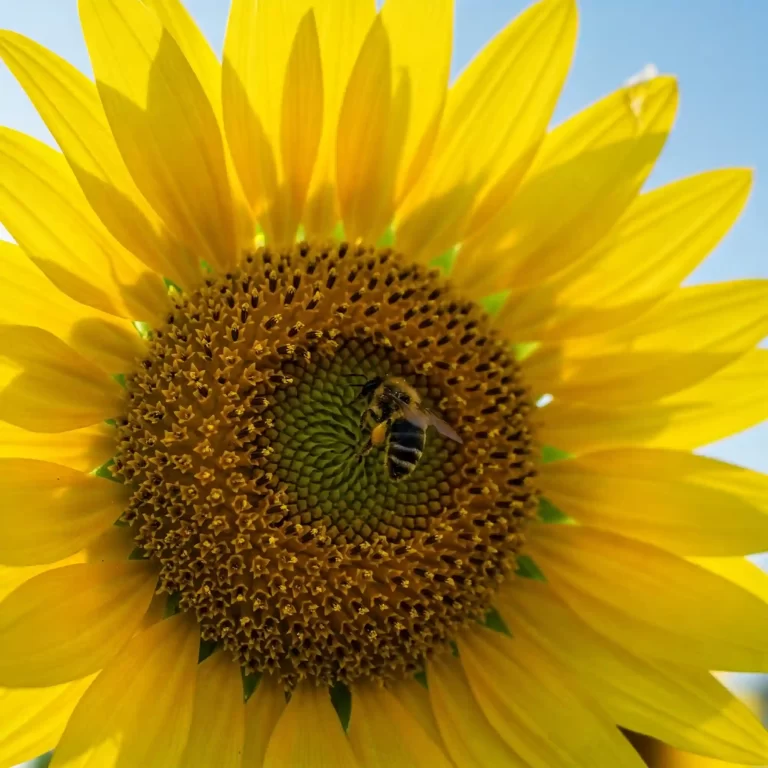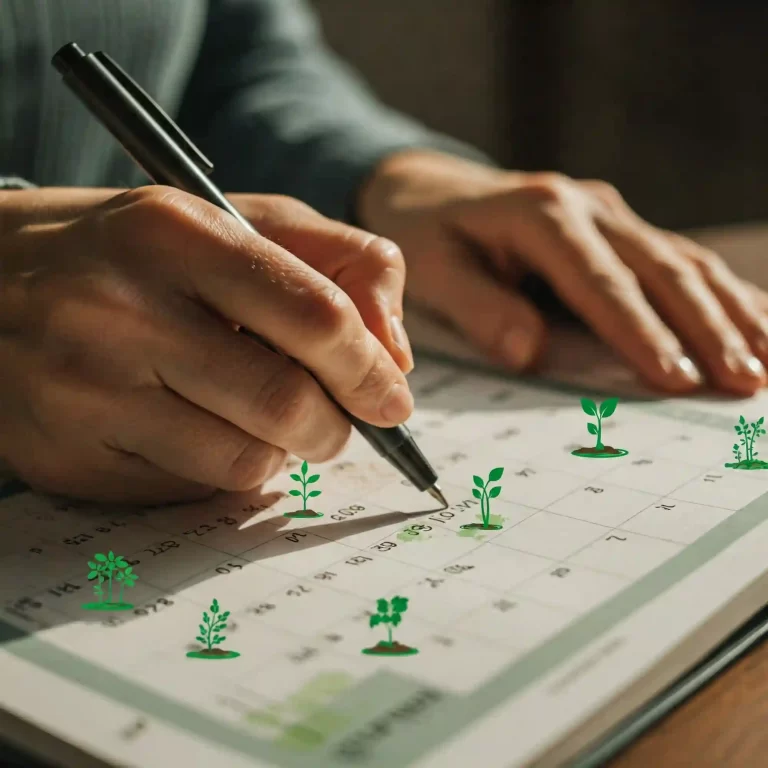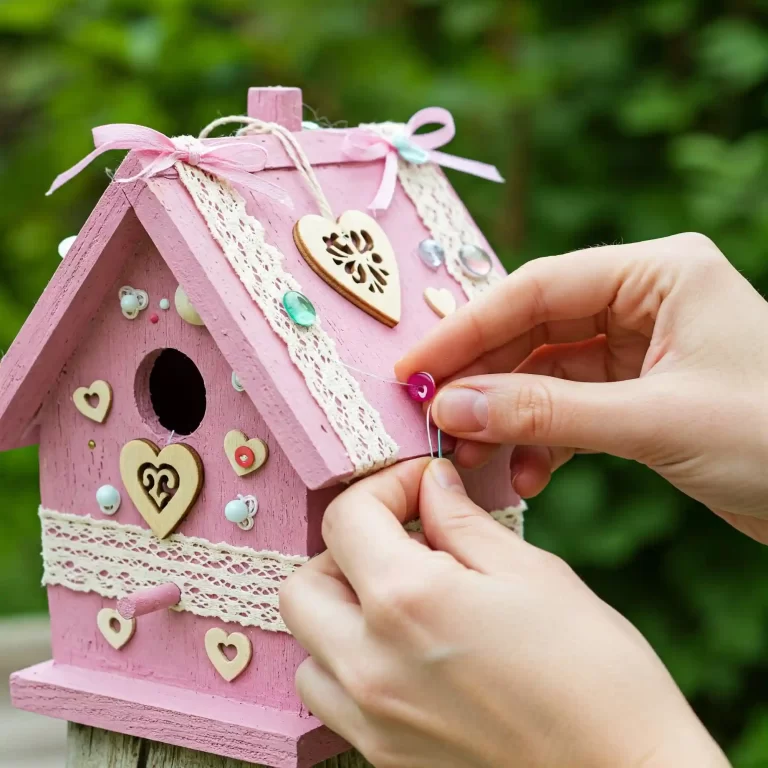| Key Takeaways |
|---|
| – Plants are a fascinating and important topic for kindergarten students to learn about. |
| – There are many resources and activities that can help you teach and learn about plants in kindergarten, such as thematic units, hands-on activities, printables, books, videos, songs, and games. |
| – You can also use inquiry-based learning and project-based learning approaches to encourage your students to ask questions, research, and create products related to plants. |
| – This article will provide you with a comprehensive guide on how to use these resources and activities to create a fun and engaging plant unit for your kindergarten students. |
Thematic Units
A thematic unit is a way of organizing the curriculum around a central theme or topic. It helps your students to make connections, develop skills, and explore their interests. A plant unit is a perfect example of a thematic unit for kindergarten, as it covers various aspects of plants, such as their parts, needs, life cycle, and uses.
Here are some examples of thematic units that you can use to teach and learn about plants in kindergarten. For each example, we have briefly described the objectives, the activities, and the outcomes of the unit. You can use these examples as a source of inspiration or modify them to suit your needs and preferences.
| Thematic Unit | Objectives | Activities | Outcomes |
|---|---|---|---|
| What is a Plant? | – To introduce the concept of plants and their characteristics. | – Read books about plants, such as The Tiny Seed by Eric Carle. | – Identify and name different types of plants. |
| – To compare and contrast plants and animals. | – Sort pictures of plants and animals into categories. | – Explain the similarities and differences between plants and animals. | |
| Parts of a Plant | – To identify and label the parts of a plant. | – Make a plant diagram with labels. | – Name and describe the function of each part of a plant. |
| – To observe and compare the parts of different plants. | – Collect and examine various plants, such as flowers, leaves, stems, and roots. | – Compare and contrast the shapes, sizes, colors, and textures of different plant parts. | |
| How Do Plants Grow? | – To understand the life cycle of a plant. | – Watch a video about the plant life cycle, such as How Do Plants Grow ?. | – Sequence and describe the stages of the plant life cycle. |
| – To grow and observe plants from seeds. | – Plant seeds in pots or cups and water them regularly. | – Record and share the growth and changes of the plants. | |
| What Do Plants Need? | – To identify and provide the needs of plants. | – Conduct experiments to test the effects of water, light, and air on plant growth. | – Explain how water, light, and air help plants to grow. |
| – To explore the concept of photosynthesis. | – Make a model of a plant cell and label the parts involved in photosynthesis. | – Explain how plants make their own food using water, light, and air. | |
| How Do We Use Plants? | – To recognize and appreciate the uses and benefits of plants. | – Make a list of the products and services that we get from plants, such as food, medicine, clothing, etc. | – Explain how plants help us to meet our needs and wants. |
| – To explore the concept of pollination. | – Make a model of a flower and label the parts involved in pollination. | – Explain how plants reproduce and spread their seeds with the help of pollinators. |
Wow, that’s a lot of information to cover in a plant unit! But don’t worry, you can make it a piece of cake by using some hands-on activities that will allow your students to observe, grow, and interact with plants in a fun and exciting way.
Hands-on Activities
Hands-on activities are activities that involve physical manipulation, observation, and interaction with plants. They help your students to develop their senses, their curiosity, and their creativity. Hands-on activities are also a great way to reinforce the concepts and skills learned in the thematic units.
Here are some examples of hands-on activities that you can use to teach and learn about plants in kindergarten. For each example, we have briefly described the materials, the steps, and the results of the activity. You can use these examples as a source of inspiration or modify them to suit your needs and preferences.
- Planting and Growing Grass in Preschool: This activity will help your students to grow and observe grass from seeds. You will need some plastic cups, potting soil, grass seeds, water, and a sunny spot. Fill the cups with soil and sprinkle some grass seeds on top. Water the seeds and place the cups in a sunny spot. Watch your grass grow and come to life!
- How to Grow a Bean Plant: This activity will help your students to grow and observe a bean plant from a seed. You will need some paper towels, ziplock bags, dry beans, water, and a sunny spot. Fold a paper towel and place it inside a ziplock bag. Wet the paper towel and place a bean on top. Seal the bag and place it in a sunny spot. Watch your bean sprout and germinate!
- Celery Science Experiment for Kids: This activity will help your students to observe how plants absorb water and nutrients. You will need some celery stalks, food coloring, water, and clear glasses. Cut the celery stalks and place them in the glasses. Fill the glasses with water and add a few drops of food coloring. Wait for a few hours or days and observe the changes in the celery stalks. You will see how the water and the color travel up the stem and into the leaves!
- Make a Grass Head: This activity will help your students to create and interact with a plant character. You will need some old stockings, grass seeds, potting soil, water, googly eyes, glue, and a small container. Cut the toe part of the stocking and fill it with some grass seeds and soil. Tie a knot at the end and place it in the container. Water the stocking and glue the googly eyes on it. Give your grass head a name and a personality. Watch your grass head grow hair and give it a haircut!
These are just some of the many hands-on activities that you can use to teach and learn about plants in kindergarten. You can also make your own activities or find more ideas online. The sky is the limit when it comes to growing and playing with plants!
Printables
Printables are worksheets, coloring pages, puzzles, or games that can be printed and used in the classroom or at home. They help your students to reinforce the concepts and skills learned about plants. Printables are also a great way to assess your students’ understanding and progress.
Here are some examples of printables that you can use to teach and learn about plants in kindergarten. For each example, we have briefly described the content, the purpose, and the benefits of the printable. You can use these examples as a source of inspiration or modify them to suit your needs and preferences.
- Parts of a Plant Worksheet: This worksheet will help your students to identify and label the parts of a plant. It has a picture of a plant with blank spaces for the labels. It also has a word bank with the names of the plant parts. Your students will have to match the words with the correct spaces. This worksheet will help your students to review and recall the names and functions of the plant parts.
- Plant Needs Cut and Paste: This worksheet will help your students to identify and provide the needs of plants. It has a picture of a plant with four arrows pointing to it. It also has four pictures of the things that plants need: water, light, air, and soil. Your students will have to cut and paste the pictures next to the corresponding arrows. This worksheet will help your students to practice and demonstrate their understanding of the needs of plants.
- Plant Life Cycle Emergent Reader: This printable will help your students to read and learn about the life cycle of a plant. It has eight pages with simple sentences and pictures that describe the stages of the plant life cycle. Your students will have to read the sentences and color the pictures. This printable will help your students to develop their literacy and comprehension skills while learning about the plant life cycle.
- How Do We Use Plants?: This printable will help your students to recognize and appreciate the uses and benefits of plants. It has a table with four columns: food, medicine, clothing, and other. It also has 16 pictures of the products and services that we get from plants, such as fruits, vegetables, herbs, spices, etc. Your students will have to sort and glue the pictures in the appropriate columns. This printable will help your students to expand their vocabulary and knowledge of the uses of plants.
These are just some of the many printables that you can use to teach and learn about plants in kindergarten. You can also make your own printables or find more ideas online. Print and play with these printables and watch your students grow and learn!
Books, Videos, Songs, and Games
Books, videos, songs, and games are media that introduce or supplement the learning about plants in an engaging and entertaining way. They help your students to develop their literacy, their listening, and their musical skills. Books, videos, songs, and games are also a great way to spark your students’ interest and curiosity about plants.
Here are some examples of books, videos, songs, and games that relate to the topic of plants. For each example, we have briefly described the title, the author, the publisher, the summary, and the features of the media. You can use these examples as a source of inspiration or modify them to suit your needs and preferences.
- The Tiny Seed by Eric Carle: This is a classic picture book that tells the story of a tiny seed that travels across the seasons and lands, facing many challenges and dangers, until it finally grows into a beautiful flower. The book has colorful and collage-like illustrations, simple and repetitive text, and a cut-out page that shows the size difference between the tiny seed and the other seeds. This book will help your students to learn about the plant life cycle, the diversity of plants, and the importance of perseverance.
- How Do Plants Grow? by SciShow Kids: This is a short and informative video that explains how plants grow from seeds, how they make their own food, and how they reproduce. The video has clear and lively animations, friendly and enthusiastic narration, and interactive questions and answers. This video will help your students to understand the basic concepts and processes of plant growth, photosynthesis, and pollination.
- The Plant Song by Scratch Garden: This is a catchy and funny song that teaches the parts of a plant and their functions. The song has a catchy tune that will stick in your head like a burr, humorous and rhyming lyrics, and colorful and quirky characters. This song will help your students to remember and sing along the names and functions of the plant parts.
- Plants vs Zombies by PopCap Games: This is a fun and popular game that involves defending your house from waves of zombies using different kinds of plants. The game has a variety of plants and zombies, each with their own abilities and weaknesses, a range of levels and modes, and a lot of humor and charm. This game will help your students to learn about the different types of plants, their uses and benefits, and the importance of strategy and creativity.
These are just some of the many books, videos, songs, and games that you can use to teach and learn about plants in kindergarten. You can also make your own media or find more ideas online. Have fun and enjoy these media and watch your students blossom and bloom!
Inquiry-Based Learning and Project-Based Learning Approaches
Inquiry-based learning and project-based learning approaches are approaches that encourage your students to ask questions, research, and create products related to plants. They help your students to develop their critical thinking, their problem-solving, and their collaboration skills. Inquiry-based learning and project-based learning approaches are also a great way to challenge your students and extend their learning beyond the thematic units and the hands-on activities.
Here are some examples of inquiry-based learning and project-based learning approaches that involve plants. For each example, we have briefly described the question, the process, and the product of the approach. You can use these examples as a source of inspiration or modify them to suit your needs and preferences.
- Plant Inquiry Unit: This is an inquiry-based learning approach that involves asking and answering questions about plants. The question is: What do you want to know about plants? The process is: brainstorm questions, choose one question, research the answer, and share the findings. The product is: a poster, a booklet, a presentation, or a report that showcases the question and the answer. This approach will help your students to develop their curiosity, their research skills, and their communication skills.
- Planting a Rainbow: This is a project-based learning approach that involves creating a colorful and diverse garden. The question is: How can we create a rainbow of plants in our garden? The process is: plan the garden, choose the plants, plant the seeds or bulbs, care for the plants, and observe the growth and changes. The product is: a beautiful and vibrant garden that displays a variety of plants. This approach will help your students to develop their creativity, their gardening skills, and their appreciation for nature.
- Plant Research Project: This is a project-based learning approach that involves researching and reporting on a specific type of plant. The question is: What can we learn about a type of plant that we are interested in? The process is: choose a type of plant, research the characteristics, the needs, the life cycle, and the uses of the plant, and report the findings. The product is: a brochure, a poster, a slideshow, or a video that showcases the information and the images of the plant. This approach will help your students to develop their knowledge, their research skills, and their presentation skills.
- Plant Museum: This is a project-based learning approach that involves creating and visiting a plant museum. The question is: How can we share our learning and our products about plants with others? The process is: collect and display the products from the thematic units, the hands-on activities, the printables, the books, videos, songs, and games, and the inquiry-based learning and project-based learning approaches, and invite and guide the visitors. The product is: a plant museum that exhibits and celebrates the learning and the products about plants. This approach will help your students to develop their collaboration, their organization, and their leadership skills.
These are just some of the many inquiry-based learning and project-based learning approaches that you can use to teach and learn about plants in kindergarten. You can also make your own approaches or find more ideas online. Be curious and creative with these approaches and watch your students grow and shine!
Conclusion
In conclusion, plants are a fascinating and important topic for kindergarten students to learn about. There are many resources and activities that can help you teach and learn about plants in kindergarten, such as thematic units, hands-on activities, printables, books, videos, songs, and games. You can also use inquiry-based learning and project-based learning approaches to encourage your students to ask questions, research, and create products related to plants.
This article has provided you with a comprehensive guide on how to use these resources and activities to create a fun and engaging plant unit for your kindergarten students. We hope that you have found this guide helpful and useful. Now it’s your turn to grow a green thumb with your kindergarten students and enjoy the wonderful world of plants!



